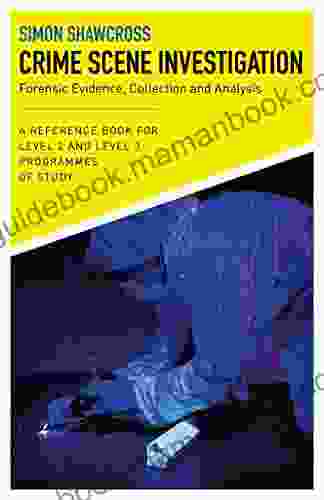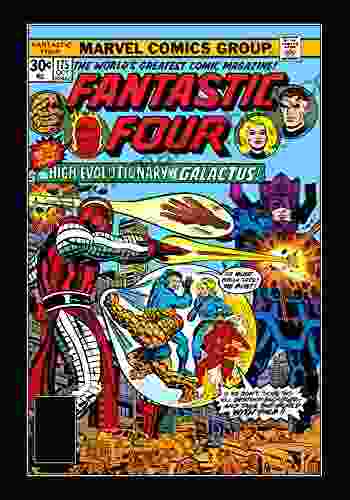Tico-Tico No Fubá: A Journey into the Heart of Brazilian Music

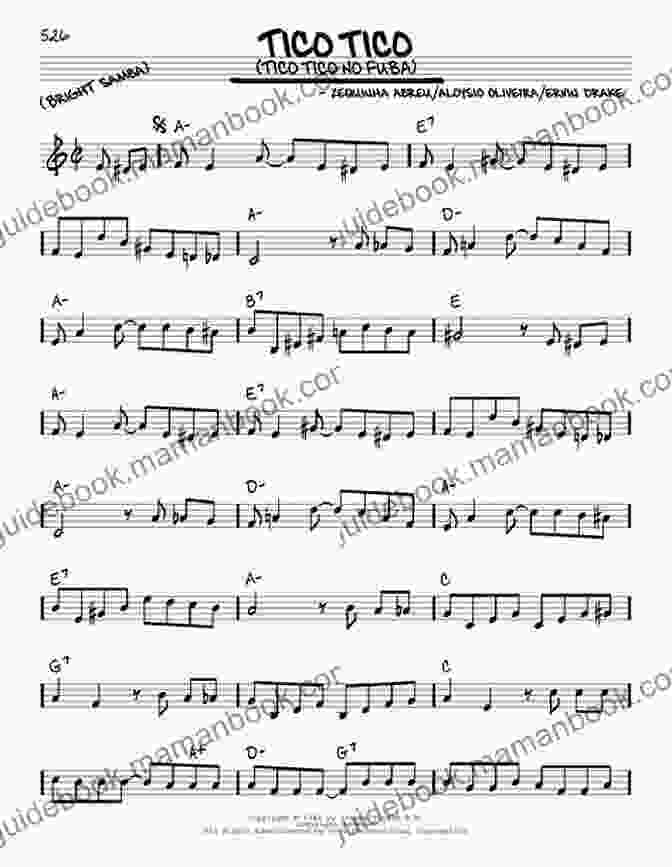
Tico-Tico No Fubá, a lively and captivating Brazilian choro, has captured the hearts of music lovers worldwide. This enchanting melody, featuring a playful interplay between clarinet and piano, has become an iconic representation of Brazilian musical traditions. In this article, we embark on a journey to explore the origins, history, and cultural significance of this beloved piece.
5 out of 5
| Language | : | English |
| File size | : | 5448 KB |
| Screen Reader | : | Supported |
| Print length | : | 120 pages |
| X-Ray for textbooks | : | Enabled |
Origins and History
Tico-Tico No Fubá was composed in 1917 by Zequinha de Abreu, a Brazilian musician and composer from the city of Santa Rita do Passa Quatro in the state of São Paulo. The song's title translates to "Tico-Tico Without Cornmeal," referring to a small bird often found hopping around in cornfields.
Inspired by the bird's playful nature, Abreu wrote the tune as a serenade to his wife, Mimi. Its lighthearted melody and infectious rhythm quickly gained popularity, and in 1927, the song was recorded by the Odeon Orchestra, marking the beginning of its international success.
Musical Structure and Style
Tico-Tico No Fubá is a choro, a Brazilian genre characterized by its lively tempo, syncopated rhythms, and intricate melodies. The piece typically features a clarinet or flute as the lead instrument, accompanied by a guitar and cavaquinho (a small four-stringed instrument).
The clarinet in Tico-Tico No Fubá showcases its virtuosic capabilities with rapid chromatic runs and soaring high notes. The piano provides a rhythmic foundation and harmonic support, adding depth and texture to the melody. Together, clarinet and piano engage in a delightful dialogue, creating a dynamic and engaging musical experience.
Instrumentation and Arrangement
Traditionally, Tico-Tico No Fubá is performed by a clarinet and piano duo. However, over the years, the song has been arranged for various instrumentations, including orchestra, wind ensemble, and jazz band.
One notable arrangement is for solo clarinet, which showcases the instrument's full range and expressive capabilities. Another popular arrangement is for clarinet and guitar, featuring a vibrant interplay between the two instruments. No matter the instrumentation, Tico-Tico No Fubá retains its infectious melody and captivating charm.
Cultural Significance
Tico-Tico No Fubá has become an iconic symbol of Brazilian music and culture. Its playful melody and infectious rhythm have made it a favorite in dance halls and concert halls around the world. The song has also been featured in numerous films, television shows, and recordings, further solidifying its iconic status.
Beyond its musical appeal, Tico-Tico No Fubá holds cultural significance as a representation of Brazilian heritage and national pride. It encapsulates the warmth, joy, and vitality of Brazilian people and has become an anthem of sorts for the country.
Influences and Legacy
Tico-Tico No Fubá has influenced countless musicians and composers, both in Brazil and abroad. Its syncopated rhythms and catchy melody have inspired new musical styles and techniques. The song's success has also paved the way for other Brazilian musicians to gain international recognition.
In the United States, Tico-Tico No Fubá became a favorite of jazz musicians in the 1940s and 1950s. Artists such as Charlie Parker, Dizzy Gillespie, and Stan Getz incorporated the melody into their improvisations, introducing Brazilian music to a wider audience.
Contemporary Interpretations
Tico-Tico No Fubá continues to be performed and interpreted by musicians around the globe. Contemporary artists often incorporate new elements into their renditions, such as electronic sounds, Latin rhythms, and even jazz harmonies.
For example, the French jazz pianist Michel Camilo recorded a version of Tico-Tico No Fubá in which he combines traditional Brazilian rhythms with modern jazz harmonies. The result is a vibrant and contemporary interpretation that pays homage to the original while exploring new musical possibilities.
Tico-Tico No Fubá is a timeless masterpiece that has captured the hearts and imaginations of music lovers worldwide. Its playful melody, infectious rhythm, and cultural significance have made it an enduring symbol of Brazilian music. As the song continues to be performed and interpreted by musicians around the globe, its legacy as a beloved choro will undoubtedly continue to inspire and delight generations to come.
5 out of 5
| Language | : | English |
| File size | : | 5448 KB |
| Screen Reader | : | Supported |
| Print length | : | 120 pages |
| X-Ray for textbooks | : | Enabled |
Do you want to contribute by writing guest posts on this blog?
Please contact us and send us a resume of previous articles that you have written.
 Top Book
Top Book Novel
Novel Fiction
Fiction Nonfiction
Nonfiction Literature
Literature Paperback
Paperback Hardcover
Hardcover E-book
E-book Audiobook
Audiobook Bestseller
Bestseller Classic
Classic Mystery
Mystery Thriller
Thriller Romance
Romance Fantasy
Fantasy Science Fiction
Science Fiction Biography
Biography Memoir
Memoir Autobiography
Autobiography Poetry
Poetry Drama
Drama Historical Fiction
Historical Fiction Self-help
Self-help Young Adult
Young Adult Childrens Books
Childrens Books Graphic Novel
Graphic Novel Anthology
Anthology Series
Series Encyclopedia
Encyclopedia Reference
Reference Guidebook
Guidebook Textbook
Textbook Workbook
Workbook Journal
Journal Diary
Diary Manuscript
Manuscript Folio
Folio Pulp Fiction
Pulp Fiction Short Stories
Short Stories Fairy Tales
Fairy Tales Fables
Fables Mythology
Mythology Philosophy
Philosophy Religion
Religion Spirituality
Spirituality Essays
Essays Critique
Critique Commentary
Commentary Glossary
Glossary Bibliography
Bibliography Index
Index Table of Contents
Table of Contents Preface
Preface Introduction
Introduction Foreword
Foreword Afterword
Afterword Appendices
Appendices Annotations
Annotations Footnotes
Footnotes Epilogue
Epilogue Prologue
Prologue Yung Pueblo
Yung Pueblo Bertram Smith
Bertram Smith Deanna Sclar
Deanna Sclar Kev Partridge
Kev Partridge Alexander Trocchi
Alexander Trocchi Ledell Walters
Ledell Walters Nir Eyal
Nir Eyal Harold Mcgee
Harold Mcgee Christopher Marlowe
Christopher Marlowe Julia Watkins
Julia Watkins Robert Brockway
Robert Brockway Constance Kamii
Constance Kamii David Stuttard
David Stuttard Paul French
Paul French Susan Srikant
Susan Srikant Ken Phillips
Ken Phillips Wendi Gratz
Wendi Gratz Heinrich Mann
Heinrich Mann Art Rainer
Art Rainer Maths Solutions
Maths Solutions
Light bulbAdvertise smarter! Our strategic ad space ensures maximum exposure. Reserve your spot today!
 H.G. WellsFollow ·3.1k
H.G. WellsFollow ·3.1k Graham BlairFollow ·15.3k
Graham BlairFollow ·15.3k Josh CarterFollow ·18.3k
Josh CarterFollow ·18.3k Dawson ReedFollow ·8.1k
Dawson ReedFollow ·8.1k Jared PowellFollow ·16.9k
Jared PowellFollow ·16.9k Harvey BellFollow ·6.1k
Harvey BellFollow ·6.1k Diego BlairFollow ·11.2k
Diego BlairFollow ·11.2k Walt WhitmanFollow ·10.8k
Walt WhitmanFollow ·10.8k

 Leslie Carter
Leslie CarterWhat We Must Do Now To Save Reproductive Freedom
Roe v. Wade, the landmark...

 Cade Simmons
Cade SimmonsThe Unbreakable Bond: Unveiling the Connection Between...
In the realm of...
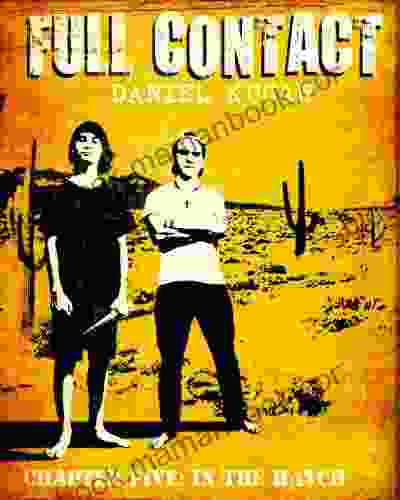
 Roy Bell
Roy BellFull Contact Chapter Five: The Final Chapter of the Hatch...
In this gripping to the Hatch saga, we...
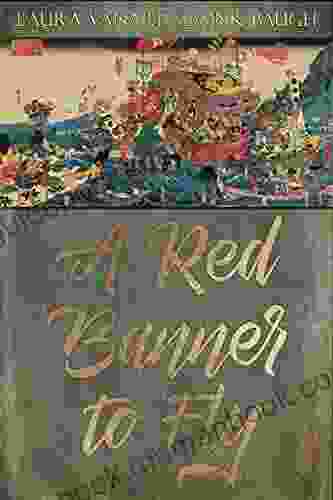
 Fred Foster
Fred FosterUnveiling the Tale of the Genpei Wars: A Comprehensive...
Deep within the annals of Japanese history,...

 Jaden Cox
Jaden CoxFerguson in Black and White: A Profound Examination of...
The Ferguson tragedy, sparked by the fatal...
5 out of 5
| Language | : | English |
| File size | : | 5448 KB |
| Screen Reader | : | Supported |
| Print length | : | 120 pages |
| X-Ray for textbooks | : | Enabled |



